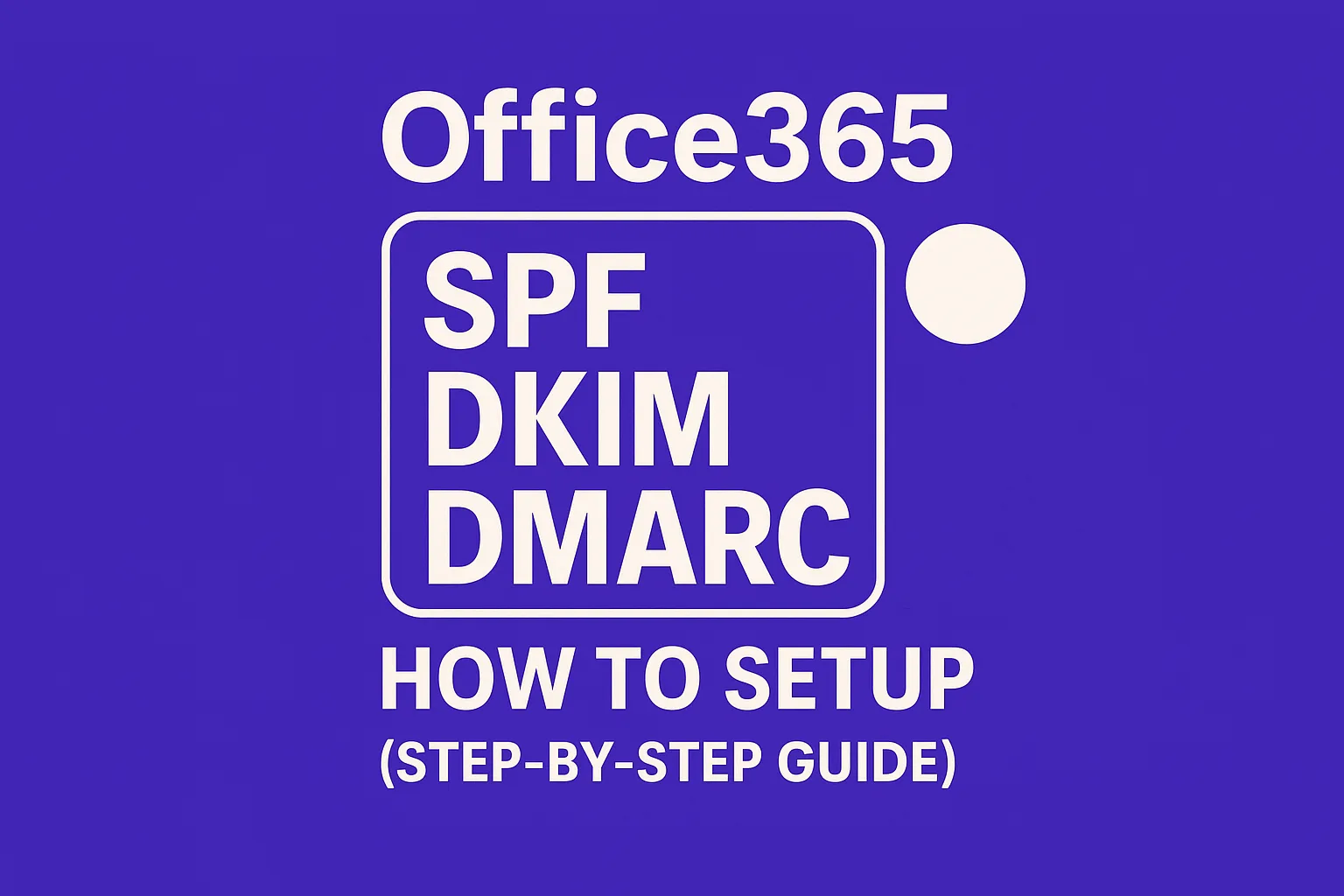Warm-Up Gets Your Email Noticed, Not Necessarily Engaged
You warmed up your inbox. You sent your first batch. Silence follows. I get it. Inbox warm-up gets your emails to appear credible and lands them where filters look first, such as the main inbox or, sometimes, the spam folder, but warm-up does not guarantee that your message will be opened or replied to. Being noticed is only the first step; earning engagement is another challenge entirely. Think of warm-up as social proof for mailbox providers. It communicates that the sender appears credible and genuine. Tools such as MailX support this credibility through inbox warm-up techniques that simulate steady, positive interactions and build a sending reputation. But actual replies depend on your targeting, your message, and your timing.
If responses are flat, look past warm-up. The real results come from your technical setup, contact list, and, most importantly, your outreach copy.
Delivery, Deliverability, and Reply Rate Are Different
Many teams are satisfied when their dashboard says “delivered.” But delivery and deliverability are not the same. Delivery simply means your Email Service Provider (ESP) reports that the receiving server accepted your message. Deliverability, however, is about where that message lands, inbox or spam. And, even further down the chain, is your reply rate. Every step requires its own approach and attention.
If you’re not clear on the difference, this primer on delivery vs. deliverability lays it out simply and can save you weeks of trial and error.
- Delivery: Server acceptance, as reported by your ESP.
- Deliverability: Actual placement in the inbox, folders, or spam.
- Replies: The human result, proof your message resonates with your audience.
Technical Leaks That Kill Replies
Your copy might shine, but if your setup triggers spam filters, very few people will see it. Start with strong alignment and predictable technical behavior to maximize your reach.
- SPF should only include legitimate senders. Avoid lengthy “include” chains that approach the 10-lookup limit.
- DKIM must use 2048-bit keys and sign the same domain visible in your From field.
- DMARC alignment should be ensured. Test with
p=noneat first, then move to stricter policies. - PTR and HELO values must match your sending host, no generic reverse DNS here.
- Utilize a custom tracking domain on your main domain or a subdomain.
- Incorporate a one-click list-unsubscribe header, mail providers expect this now.
- Maintain solid, consistent TLS. Avoid odd handshake configurations or unsupported ciphers.
Remember, warm-up steadily builds trust. Abruptly increasing your sending volume can break that trust. Ramp up in phases and monitor inbox placement daily.
You Warmed the Wrong Mailbox
This is a common misstep: you warmed up a test inbox, but then sent your campaigns from another. Mailbox providers don’t transfer history between domains, subdomains, or even mailboxes. Each has its own reputation and story.
- Warm up the specific From address you intend to use for outreach.
- Apply warm-up to every sender on your team, not just a single mailbox.
- Keep the warm-up process running during your initial live weeks.
- Maintain consistent signatures, footers, and tracking setups from warm-up through to live sends.
Consistency is more important than scale; a steady trickle beats inconsistent bursts every time.
Your List Is the Real Problem
No amount of warm-up will solve issues from using a stale or disengaged list. Spam filters measure engagement, and a long list of contacts who never open or click drags your results down. So, trim your list of dead weight.
- Use a recency window, a period tracking how recently a contact engaged with your emails. Start with leads who have interacted in the last 90 days.
- Suppress older bounces, non-personal (role) accounts, and catch-all addresses whenever possible.
- Segment scraped contacts separately from opted-in contacts and treat them with caution.
- Prune aggressively, remove non-openers after two follow-ups.
List quality, segmentation, and engagement will radically affect your reply rates and reduce complaint risks.
Your Message Doesn’t Earn a Reply
Warm-up can never rescue vague or irrelevant copy. People respond when your outreach feels personal, relevant, and asks for something easy. Lead with genuine context and a single, specific question.
Cut the Fluff
- Highlight a real trigger, make it clear why you’re reaching out now.
- Offer just one next step, not a laundry list of options.
- Drop the jargon and empty boasts, speak plainly.
Make the First Line Count
“Saw the hiring spike on your Care page. Are SDR handoffs slowing demos?”
This opener shows thought, identifies a problem, and invites a quick response.
Keep the CTA Light
Pose a yes or no question to lower the effort required to respond.
- “Worth a 10‑minute chat this week?”
- “Open to a quick comparison doc?”
- “Should I loop in your ops lead?”
Follow-Ups That Respect People
The majority of replies come after your second or third nudge. Make follow-ups short, conversational, and always send them in the same email thread.
- Day 2: Brief reminder with a new perspective.
- Day 5: Share one compelling proof point.
- Day 9: Ask a direct, singular question.
- Day 14: Close out politely. No ultimatums.
Never repeat yourself in your follow-ups, always add context or new information. Stop at four attempts unless you get a response.
Mailbox Mix Changes the Rules
Gmail and Microsoft (Outlook) mailboxes have very different filtering algorithms. You might land in Gmail inboxes, but go straight to Outlook’s junk folder. Each provider uses unique signals and thresholds.
- Segment your list by provider. Reduce sending frequency to Microsoft domains.
- Use fewer links for Outlook users, link tracking can trigger filtering.
- Monitor the number and nature of complaints received per email service provider meticulously.
If you notice poor placement with a specific provider, pause campaigns to those addresses until issues are resolved.
Links, Tracking, and Images
Analytics are powerful, but heavy tracking can raise red flags with filters. Keep your tracking subtle, especially at the beginning of a campaign.
- Use a branded tracking domain, not a generic or shared ESP domain.
- Limit to one or two links, avoid link shorteners.
- Keep images small, or skip them altogether for cold outreach.
- Avoid using bulky UTM parameters in your initial emails.
Direct questions reliably outperform clickable links as calls to action; invite a reply instead of a click.
Test Like a Scientist
Seed tests are helpful, but only genuine inboxes provide the real-world data you need. Use a mix of the two and track both placement and engagement.
- Test with seed lists across Gmail, Outlook, Yahoo, and custom domains.
- A/B test your subject, opener, and call to action, alter one element per test for clear results.
- Use a control group without tracking to see if tracking itself hurts response rates.
- Log manual and auto-replies separately in your results.
Check spam folders on all test accounts daily. Always measure before changing. Adjust only one element at a time to identify cause and effect.
What Warm-Up Can and Can’t Do
- Can: Build a sending history, smooth out volume increases, and help normalize your engagement signals for mailbox providers.
- Can’t: Repair a poor list, rewrite underwhelming copy, or overcome technical misalignment on its own.
Treat warm-up as your safety guardrail, not a solution on its own. Keep it steady and automatic. The heavy lifting happens with your list and messaging work.
When to Ask for Help
If replies still lag behind expectations, consider consulting with email marketing specialists. They can run a brief audit, review your technical setup, outreach plan, and copy, providing practical fixes that can save you months of struggle. If you want expert hands-on help with setup or recovery, reach out to deliverability experts at mailadept. Ask for actionable next steps, not just a long report, and you’ll know exactly what to do next, often within a day.
FAQ
How does email warm-up influence engagement rates?
Email warm-up can help your messages get seen by improving deliverability, but it won't automatically lead to higher engagement. Engagement depends more on the quality of your outreach strategy, including message relevance and audience targeting.
What is the difference between delivery and deliverability?
Delivery merely means the server has accepted your email, but deliverability refers to the email reaching the correct folder. Failing to distinguish between the two can lead to misconceptions about your campaign's actual reach and effectiveness.
Why might technical misalignment affect my reply rates?
Poor technical setups, like misconfigured DNS records, can send your emails straight to spam, drastically cutting visibility. Even compelling copy won't get responses if your email ends up where no one looks.
Does warming up one inbox affect another?
No, warming up one mailbox doesn't impact others; each needs to establish its own reputation. It's a common error to warm up a test inbox but send campaigns from a different one, which negates the benefits.
How important is list quality in email campaigns?
An outdated or disengaged email list can severely hinder campaign performance, with spam filters monitoring engagement levels. Prune your list regularly to maintain high engagement and avoid spam traps.
How should I adjust my approach for different email providers?
Different providers like Gmail and Outlook have various filtering criteria; what works for one might fail for another. Tailor your strategy by segmenting lists and monitoring performance across platforms to optimize placement.
Why shouldn't I rely solely on tracking links in emails?
Overusing tracking features can trigger spam filters and erode trust, especially in initial emails. Direct, engaging questions are often more effective for responses than clickable links, which may draw skepticism.









